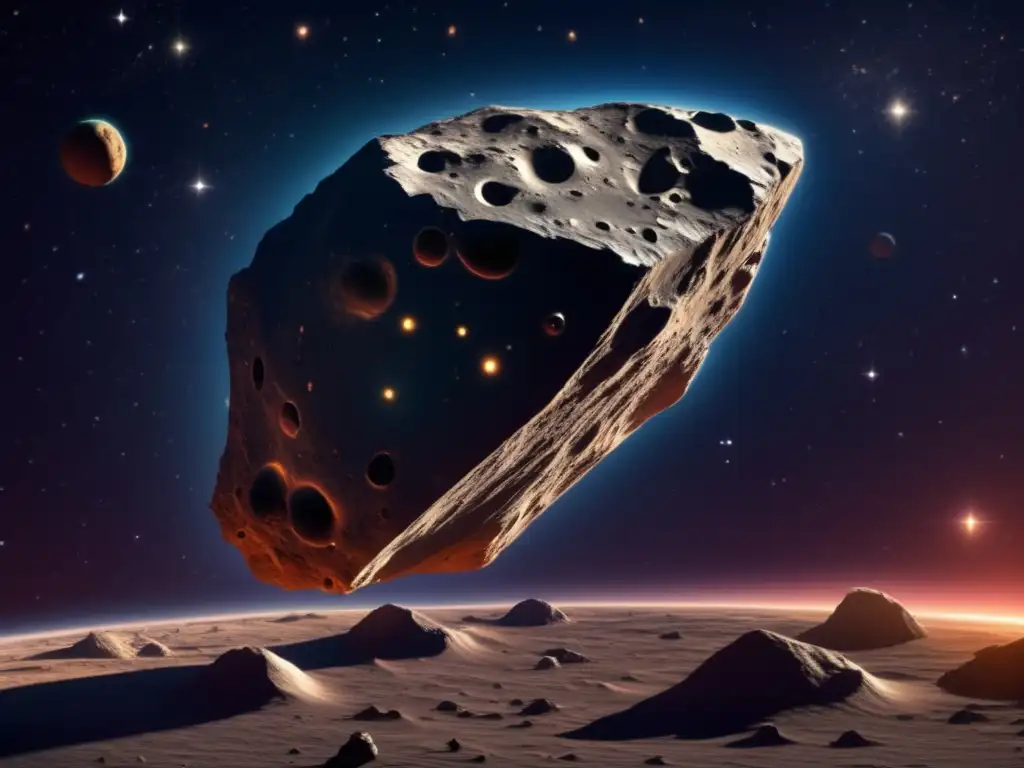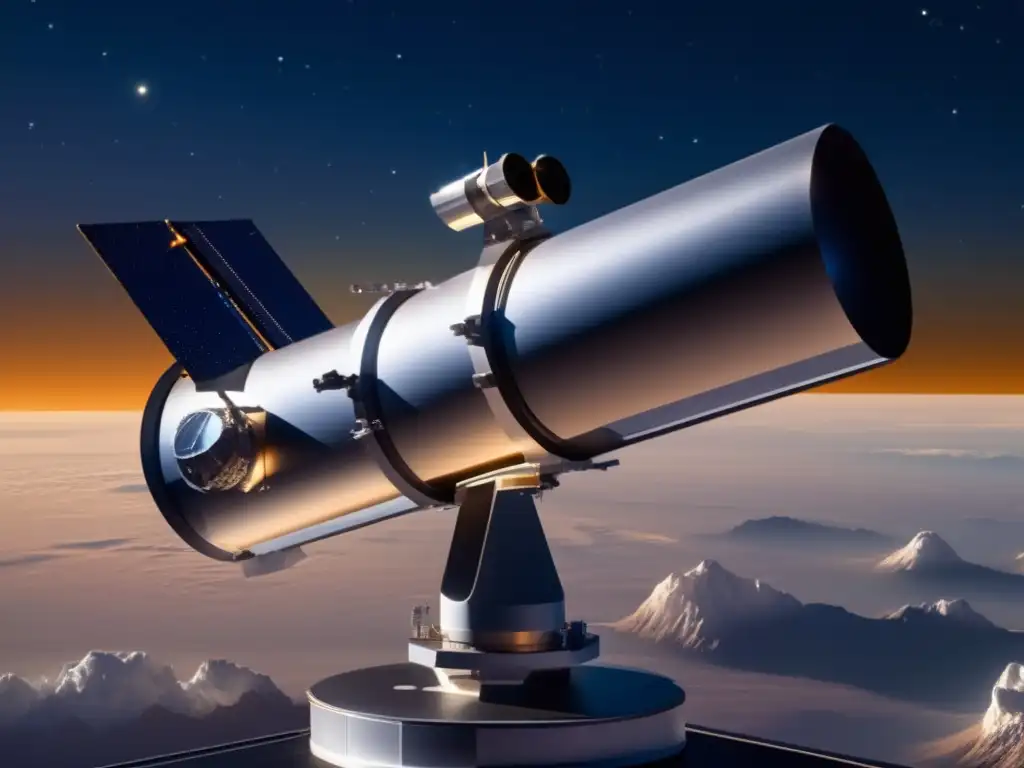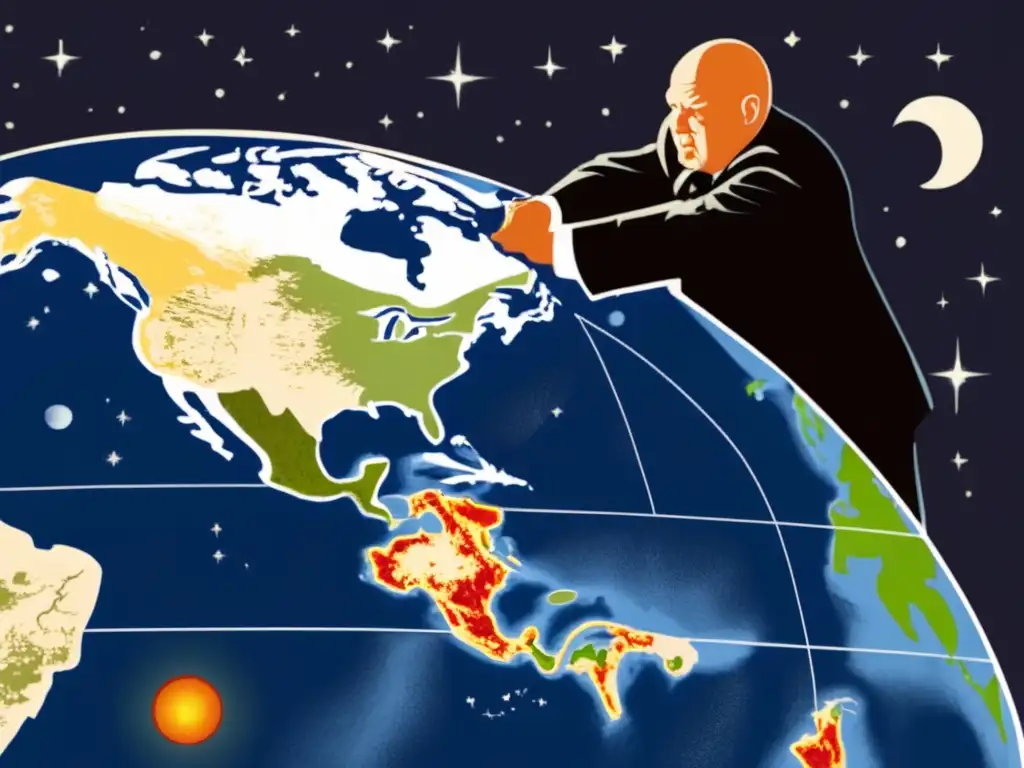Bracing For Impact: The Potential For Future Asteroid Strikes

Introduction
Asteroids are remnants from the formation of our solar system, and they have been drifting through space for billions of years. They come in all shapes and sizes and are composed of different materials, including rock, metal, and ice. While many asteroids pose no threat to Earth, some may collide with our planet and cause devastating effects. In this article, we will explore the potential for future asteroid strikes and what can be done to prepare for them.
The Threat of Asteroid Impacts

Asteroid Characteristics
Asteroids are classified based on their size, orbit, and composition. The ones that are most concerning are those that are large enough to cause significant damage if they were to hit Earth. These are typically over 140 meters in diameter and are called "potentially hazardous asteroids." There are currently over 2,000 such asteroids known to exist, and new ones are being discovered regularly.
Recent Asteroid Strikes
Although the likelihood of a large asteroid strike is relatively low, several incidents throughout history remind us of its potential dangers. Most notably, the Chicxulub impact in Mexico around 66 million years ago is believed to have caused the extinction of the dinosaurs and 75% of all life on Earth. More recently, the Tunguska event in 1908 saw a 40-meter asteroid explode in the atmosphere, flattening over 2,000 square kilometers of forest in Siberia.
The Impact of an Asteroid Strike
If an asteroid were to strike Earth, the effects would depend on its size and composition. Large asteroids could cause a global catastrophe, leading to the loss of human life, extinction of species, and destruction of infrastructure. The initial impact would cause a massive shockwave, followed by wildfires, earthquakes, and tsunamis. The ejected debris and dust could block sunlight, leading to a "nuclear winter" effect that would disrupt agriculture and cause widespread famine.
Tracking and Monitoring Asteroids

Discovering Potentially Hazardous Asteroids
To prepare for potential asteroid strikes, it is essential to detect and track them as early as possible. Many organizations worldwide scour the skies using telescopes and other instruments to identify potentially hazardous asteroids. NASA's Near-Earth Object Observation (NEOO) program has discovered over 95% of all near-Earth asteroids larger than one kilometer in diameter and is continuing to search for smaller ones.
Predicting Asteroid Trajectories
Once an asteroid has been detected, the next step is to calculate its trajectory. Predicting an asteroid's path involves measuring its distance, speed, and direction relative to Earth. These calculations can be challenging due to the asteroid's size, shape, composition, and the gravitational influence of nearby objects. Computer simulations are used to estimate where and when an asteroid may collide with Earth, allowing officials to take action.
Alerting and Communicating with the Public
If an asteroid were detected on a collision course with Earth, public awareness and communication would be critical. Alerting the public in a timely and effective way could help save lives and prevent panic. Several organizations, including NASA and the International Asteroid Warning Network (IAWN), work together to coordinate early warnings and risk assessments in case of an asteroid impact.
Preparing for Impact

Disaster Response Planning
In the event of an asteroid strike, it is crucial to have a disaster response plan in place. Preparation and mitigation efforts can significantly reduce the impact of an asteroid collision. Disaster response planning involves assessing the potential risks, identifying high-risk areas, and developing evacuation plans.
Planetary Defense Systems
To mitigate the potential effects of an asteroid impact, several planetary defense systems have been proposed. One such system is the gravity tractor, which involves using a spacecraft to fly alongside an asteroid to gradually change its trajectory through gravitational attraction. Another option is a kinetic impactor, which involves slamming a spacecraft into an asteroid to change its direction and avoid a collision with Earth.
Preparing for the Worst-Case Scenario
While the likelihood of a large asteroid impacting Earth is relatively low, it is still important to prepare for the worst-case scenario. Emergency supplies, such as food and water, should be stored, and an emergency evacuation plan should be established. Scientists and engineers should continue to develop new detection and mitigation technologies to better prepare for potential asteroid strikes.
Frequently Asked Questions

-
Q: How often do asteroids collide with Earth?
A: Large asteroid impacts are relatively rare and occur on timescales of millions to tens of millions of years.
-
Q: What are the chances of an asteroid hitting Earth?
A: The probability of a large asteroid impacting Earth in the near future is relatively low, but not zero.
-
Q: What is the difference between a meteor and an asteroid?
A: A meteor is a small piece of debris that burns up in Earth's atmosphere, while an asteroid is a much larger object that orbits the sun.
-
Q: What is the most significant asteroid impact in history?
A: The Chicxulub impact in Mexico around 66 million years ago is believed to have caused the extinction of the dinosaurs and 75% of all life on Earth.
-
Q: What can individuals do to prepare for a potential asteroid collision?
A: Individuals can prepare by having emergency supplies, such as food and water, stored, and an emergency evacuation plan established.
Conclusion
Asteroid strikes may seem like a far-fetched Hollywood plot, but they pose a real and significant threat to our planet. While the chances of an asteroid hitting Earth are relatively low, it is essential to continue monitoring, tracking, and developing mitigation technologies to better prepare for potential impacts. By doing so, we can help protect our planet and prevent catastrophic consequences.
We encourage our readers to share their thoughts and experiences in the comments section and to positively interact with www.asteroidrealm.com by subscribing, sharing the article on social networks, or other forms of participation. Thank you for reading!
Additional Resources

- NASA NEOO Program: https://www.nasa.gov/planetarydefense/neoo/
- International Asteroid Warning Network: https://cneos.jpl.nasa.gov/iawn/
- Spaceguard Foundation: https://spaceguard.es/
 Impacts In Ice: Tracing Ancient Asteroid Strikes In Antarctica
Impacts In Ice: Tracing Ancient Asteroid Strikes In Antarctica The Asteroid Menace: Assessing Earth's Cosmic Risk
The Asteroid Menace: Assessing Earth's Cosmic Risk Chaos And Creation: The Dual Role Of Asteroid Impacts
Chaos And Creation: The Dual Role Of Asteroid ImpactsIf you want to discover more articles similar to Bracing For Impact: The Potential For Future Asteroid Strikes, you can visit the Asteroid Impacts category.
Leave a Reply

Articulos relacionados: